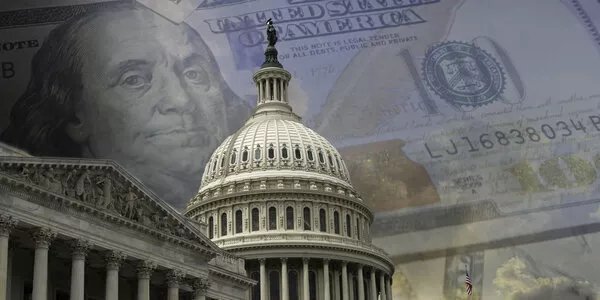
Weekly Update - Energy markets moving back to normal despite still tight supply
The recent decision by OPEC+ to reduce crude output by 1.6 million bbl/day has refocused attention on energy markets. These had been gradually getting back to normal after the Covid and Ukraine shocks, and this had helped lower energy prices and ease inflationary pressure. We still expect energy prices to remain stable in coming months, but resurgent political tensions could put renewed pressure on energy prices, posing a tough dilemma for central bank decision-makers.
OPEC+ surprised markets last week by imposing a 1.6 million barrels/day cut on oil production, to start in May. This comes on top of a previous 2 million barrel/day cut in October. Together, these reductions knock nearly 9% off OPEC+ output and nearly 3% off global crude production, just when output had struggled back to pre-Covid levels at end-2022.
The key to the OPEC+ move is a greater reluctance to see oil prices drop below USD 80/barrel. Before the announcement, the price of a barrel had fallen to USD 73 as turbulence in the banking market raised fears of a slump in growth. Note too that OPEC+ has recovered some of its pricing power in a world where US production is struggling to revive post-Covid.
Prices in the natural gas market, although heavily disrupted by fallout from the Ukraine war, continue to fall on both shores of the Atlantic. In Europe, the gas price is back below levels seen before the Ukraine war. In the United States it is running at 2020 levels. The key to this easing is the recommissioning of other sources of power (nuclear in particular), and Europe's success in sourcing gas deliveries from outside Russia. As a result, the continent’s natural gas reserves remain at all-time highs.
We still expect energy prices to hold broadly steady for the next few months, enabling a further fall in headline inflation. OPEC+'s cut comes at a time of slowing demand in developed economies, which should limit any surge in the oil price. Meanwhile, Europe's return to normal levels of electricity generation should help mitigate upside risks to gas prices. However, geopolitical risks continue to run high and could easily trigger another push on energy prices. Much of the decline in inflation seen this year has been driven by lower energy costs so fresh pressures on prices could make life harder for central banks as they mull their policy decisions.
Finally, in the main events of the week, we have chosen to talk about the IMF's new economic outlook and to focus on the US jobs report figures.





